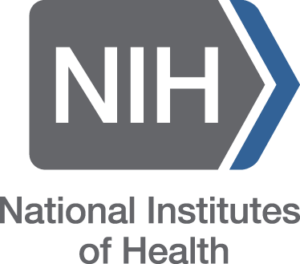NIH/NIEHS Requests Information on Emerging Contaminants
 The National Institutes of Health/National Institute of Environmental Health Sciences (NIH/NIEHS), on behalf of the Office of Science and Technology Policy (OSTP), requests input from all interested parties on research needed to identify, analyze, monitor, and mitigate drinking water contaminants of emerging concern (DW CEC).
The National Institutes of Health/National Institute of Environmental Health Sciences (NIH/NIEHS), on behalf of the Office of Science and Technology Policy (OSTP), requests input from all interested parties on research needed to identify, analyze, monitor, and mitigate drinking water contaminants of emerging concern (DW CEC).
This RFI requests comment on:
- Barriers that prevent or limit you or your organization’s DW CEC research capabilities and success.
- Potential opportunities to improve coordination and partnership among public and private entities participating in DW CEC research and prevent unnecessarily duplicative efforts.
- The types of outreach efforts most useful to communicate DW CEC research results for impacted Federal, State, local, and Tribal communities. Please provide examples where possible.
- Metrics or indicators that you or your organization adopted to measure the success of your DW CEC research or other related research efforts.
- Metrics or indicators that would be valuable in measuring the success of a National DW CEC research initiative.
- As an affected community member, the most significant concerns and recommendations for DW CECs.
Information also is requested from individuals and institutions who are involved in these research areas, key to identifying, analyzing, monitoring, and reducing the impact of DW CECs:
- Exposure — Includes contaminant identification and monitoring from source-to-tap and informs downstream efforts to understand the biological effects of DW CEC exposures, to characterize their risk, and to develop mitigation tools.
- Human health and environmental effects — Identifying and characterizing adverse effects, including factors that influence susceptibility to disease or dysfunction.
- Risk characterization to inform mitigation — Synthesizing information and communicating uncertainty about exposure, biological effects, and other relevant considerations to inform risk reduction. Treatments, technological development and application, and other interventions may be considered. Sustainable chemistry efforts may also fall into risk mitigation actions.
- Risk communication — Providing information to relevant groups about risks to human health and actions to address those risks. Relevant groups include those affected by exposures, the general public, decision-makers, scientists, industry, and other technical experts.
Comments are encouraged by June 2, 2021. For more information on this RFI, please click here.

